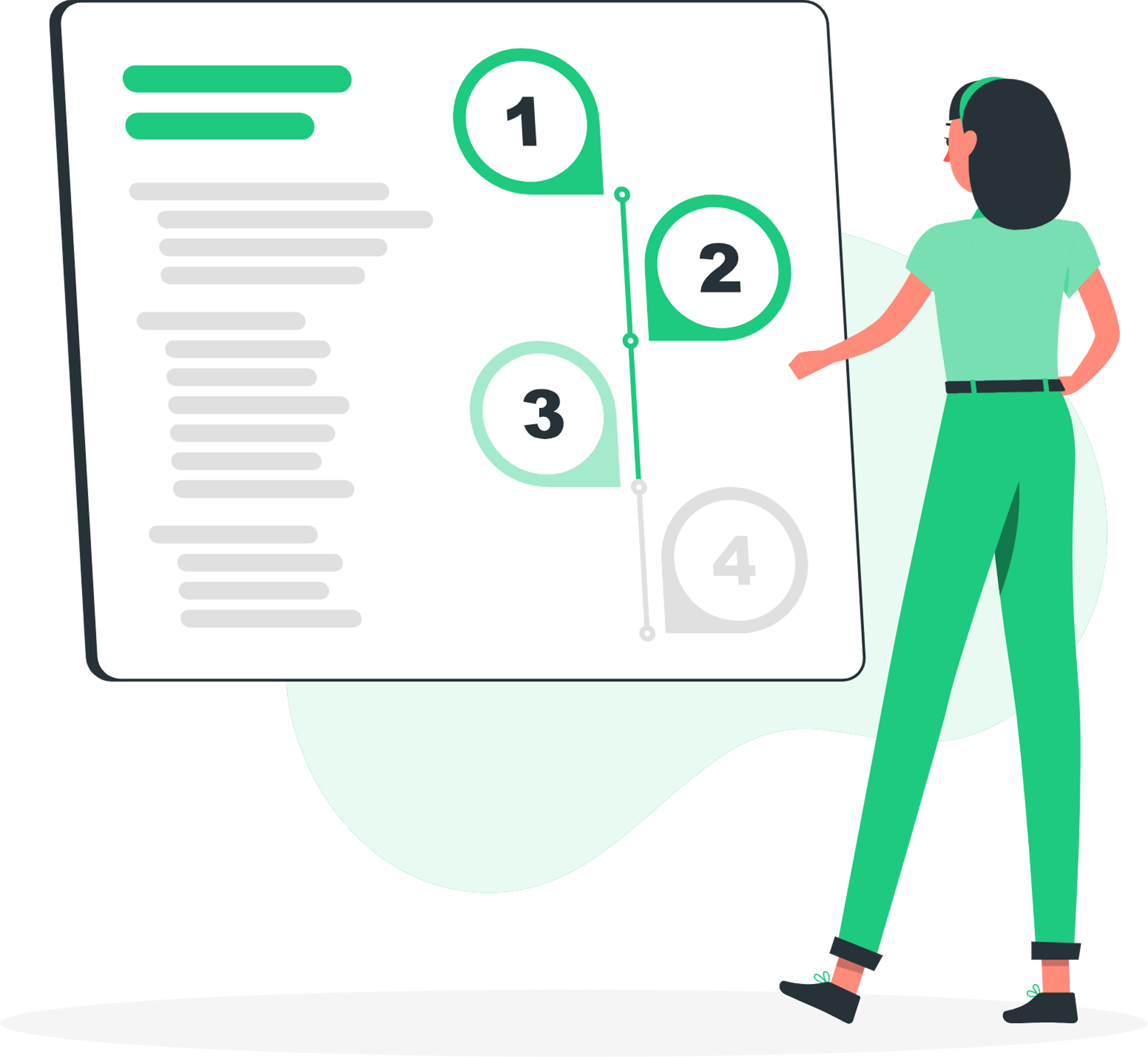A payroll management system optimizes the process of paying salaries to employees or staff. In a school, payroll calculation involves both teaching and non-teaching staff. The topmost responsibility of the payroll department is to ensure that all employees are paid accurately and on time, with the correct bonuses and deductions.






